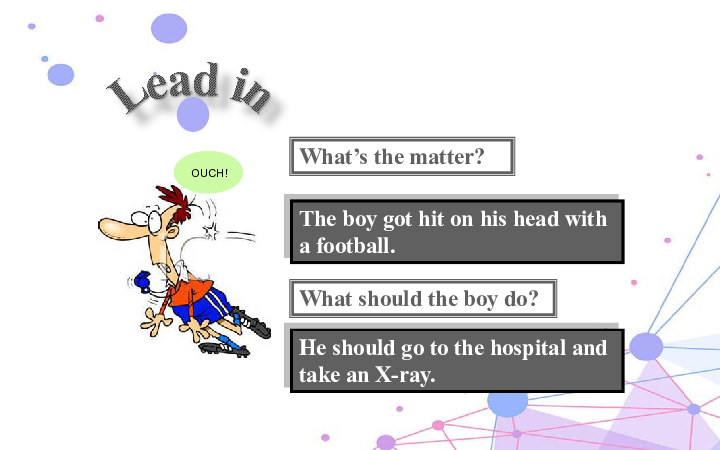Understanding What's an Unsubsidized Loan: Key Features, Benefits, and Considerations
#### Description:Navigating the world of student loans can be overwhelming, especially when trying to understand the various types available. One of the mos……
#### Description:
Navigating the world of student loans can be overwhelming, especially when trying to understand the various types available. One of the most commonly discussed types is the unsubsidized loan. But what exactly is an unsubsidized loan, and how does it differ from its subsidized counterpart? In this detailed guide, we'll explore the intricacies of unsubsidized loans, their features, benefits, and important considerations for borrowers.
At its core, an unsubsidized loan is a type of federal student loan that is not based on financial need. Unlike subsidized loans, where the government pays the interest while the borrower is in school, during the grace period, and during deferment, an unsubsidized loan begins accruing interest right from the moment the funds are disbursed. This means that borrowers are responsible for the interest that accumulates throughout their college years, which can lead to a higher total repayment amount over time.

One of the primary advantages of unsubsidized loans is that they are available to a broader range of students. While subsidized loans are only available to those who demonstrate financial need, unsubsidized loans can be offered to students regardless of their financial situation. This makes them an essential resource for many students who may not qualify for subsidized loans but still need financial assistance to pay for their education.
The application process for an unsubsidized loan is straightforward. Students must complete the Free Application for Federal Student Aid (FAFSA) to determine their eligibility. Once the FAFSA is processed, the school will provide a financial aid package that may include unsubsidized loans, alongside other forms of aid such as grants and scholarships. It’s important for students to review their financial aid options carefully, as taking out loans should be approached with caution.

When considering an unsubsidized loan, it’s crucial to understand the implications of accruing interest. The interest rate on unsubsidized loans is fixed, meaning it will not change over time, which provides some predictability in budgeting for future payments. However, because interest begins accruing immediately, students may find themselves with a larger debt burden once they graduate. It’s advisable for students to pay the interest while still in school, if possible, to reduce the total amount owed after graduation.
Another important aspect to consider is the repayment options available for unsubsidized loans. Borrowers are given a six-month grace period after graduation before they must begin making payments. During this time, it is beneficial to plan for repayment by exploring various repayment plans, including income-driven repayment options that can adjust monthly payments based on income and family size. Additionally, borrowers should be aware of the potential for loan forgiveness programs, which may offer relief for those who work in public service or meet other criteria.

In summary, understanding what's an unsubsidized loan is crucial for students seeking financial assistance for their education. While these loans provide access to necessary funds without the requirement of demonstrating financial need, they come with the responsibility of accruing interest from the moment they are disbursed. By being informed about the features, benefits, and considerations of unsubsidized loans, students can make better decisions about their financial futures and navigate their educational journeys with greater confidence. Always remember to explore all financial aid options available and consult with financial aid advisors to ensure you are making the best choices for your situation.